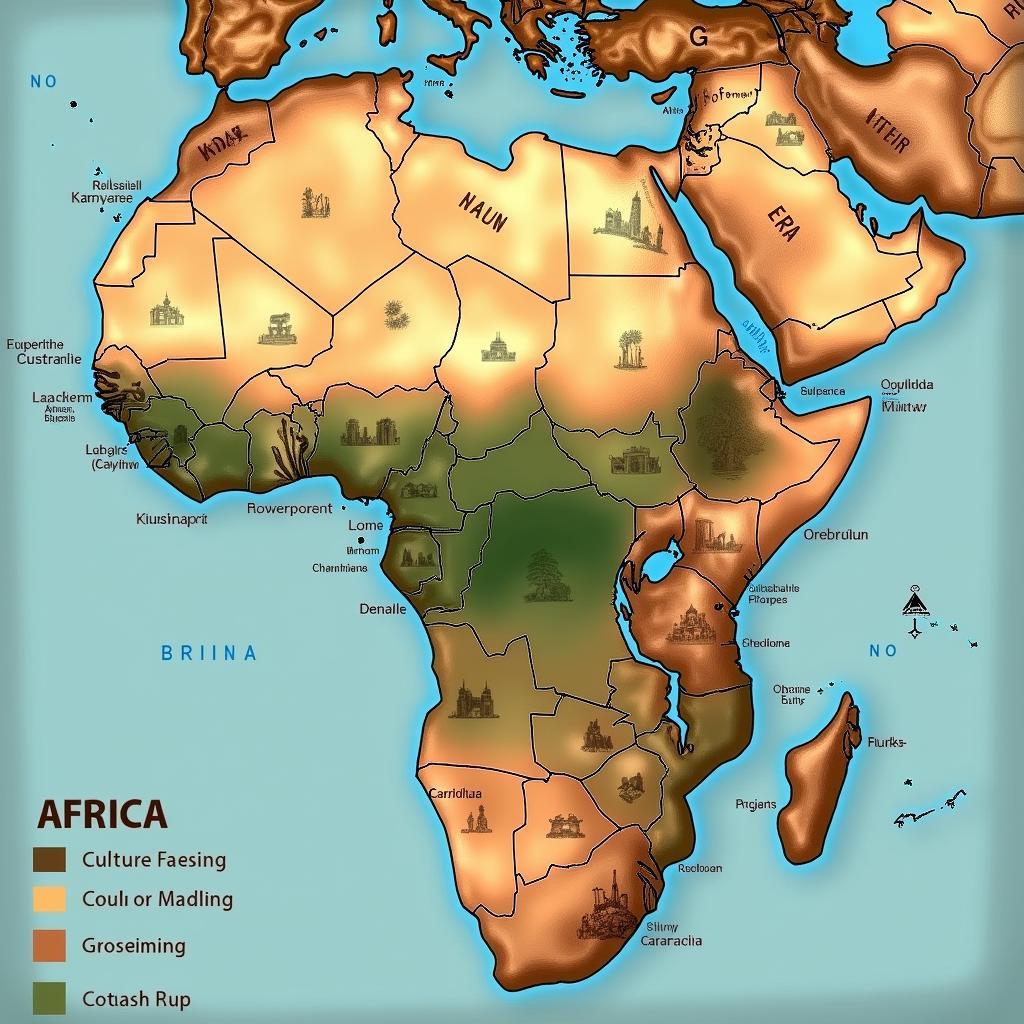The Elegance of African Ladies’ Official Wear: A Journey Through Style and Tradition
The vibrant tapestry of African culture is intricately woven with fashion, and the official wear of African ladies stands as a testament to this rich heritage. These garments are not merely clothing; they are expressions of identity, pride, and tradition, showcasing the diverse artistry and cultural richness of the continent. This article delves into the fascinating world of African ladies’ official wear, exploring its historical significance, design elements, and cultural impact.
A Celebration of Heritage and Identity
African ladies’ official wear encompasses a wide array of styles, each reflecting the unique cultural and ethnic identities of different regions. From the intricate beadwork of the Maasai to the vibrant fabrics of the Yoruba, each garment tells a story, passing down traditions and values through generations.
The Significance of Fabric and Design
The choice of fabric and design in official wear holds immense cultural significance. Natural fibers such as cotton, silk, and wool are often preferred, reflecting the close relationship Africans have with nature.
“These fabrics are not just cloth; they are stories woven into every thread,” says Aisha Nduati, a Kenyan textile artist and researcher.
Intricate patterns and symbols embedded in the designs symbolize specific values, beliefs, and societal roles. For instance, the Maasai women’s shukas, with their geometric patterns, convey their social standing and marital status.
Types of Official Wear: A Diverse Spectrum
African ladies’ official wear is a diverse tapestry, encompassing a wide variety of styles, each with its unique characteristics and significance.
1. The Kente Cloth: A Ghanaian Icon
Kente cloth, originating from Ghana, is a vibrant and iconic symbol of Ashanti culture. It’s renowned for its intricate weaving patterns, using colorful silk and cotton threads. Each pattern holds a specific meaning, reflecting proverbs, stories, and historical events. Kente cloth is worn for special occasions, signifying respect, status, and cultural pride.
2. The Aso-Oke: A Nigerian Tradition
Aso-oke, meaning “woven cloth” in Yoruba, is a traditional fabric woven by women in Nigeria. Its rich, intricate patterns and vibrant colors make it a significant part of Nigerian culture. Aso-oke is often worn for weddings, festivals, and other special events, symbolizing elegance, tradition, and craftsmanship.
3. The Shuka: A Maasai Statement
The shuka, a long, rectangular piece of cloth worn by Maasai women, is a testament to their strong cultural identity. Often adorned with intricate beadwork, the shuka’s colors and patterns communicate the wearer’s marital status, social standing, and age. This garment is essential for daily life, providing protection from the sun and elements while also signifying community pride and heritage.
The Evolving Role of Official Wear
While African ladies’ official wear is rooted in tradition, it’s also undergoing a dynamic evolution. Modern designers are reinterpreting traditional designs, incorporating contemporary styles and innovative techniques.
“African women are taking ownership of their traditions and reinterpreting them for a modern audience,” notes Amina Mohamed, a prominent fashion designer from Tanzania.
This fusion of tradition and modernity is reflected in the increasing popularity of African ladies’ official wear on international runways, with designers showcasing the rich tapestry of African style to a global audience.
Beyond Clothing: A Cultural Expression
African ladies’ official wear goes beyond aesthetics, symbolizing a deeper connection to cultural values and identity. It’s a statement of pride, a way to celebrate heritage, and a reminder of the enduring power of tradition in a constantly changing world.
Embracing the Legacy of African Fashion
The beauty and cultural significance of African ladies’ official wear are a testament to the artistic ingenuity and rich traditions of the continent. As we celebrate this vibrant legacy, it’s important to recognize the profound impact of these garments on the lives of African women, their role in shaping cultural identity, and their contribution to the global landscape of fashion.
